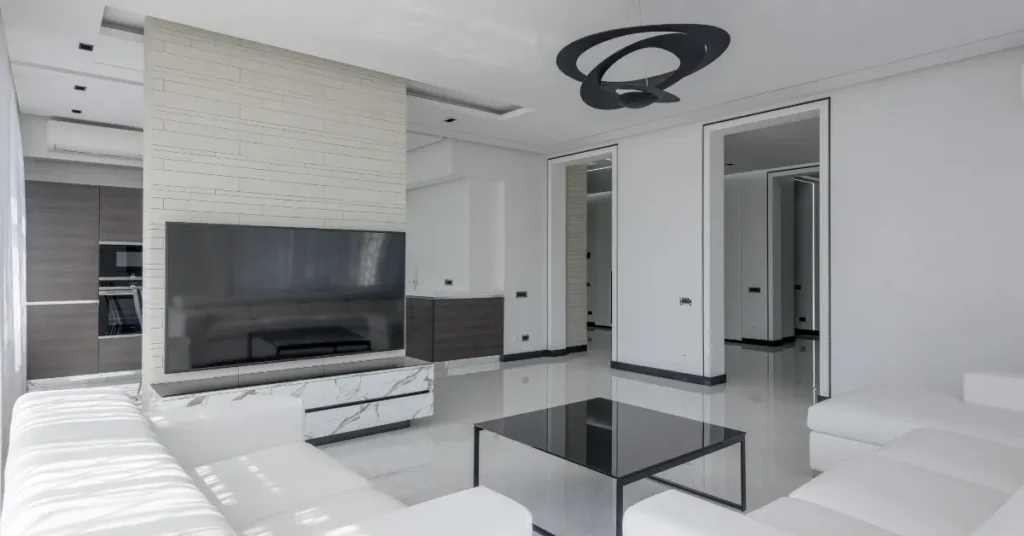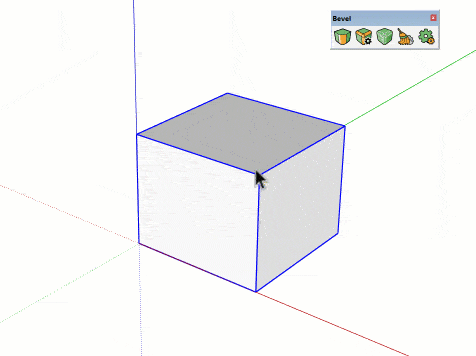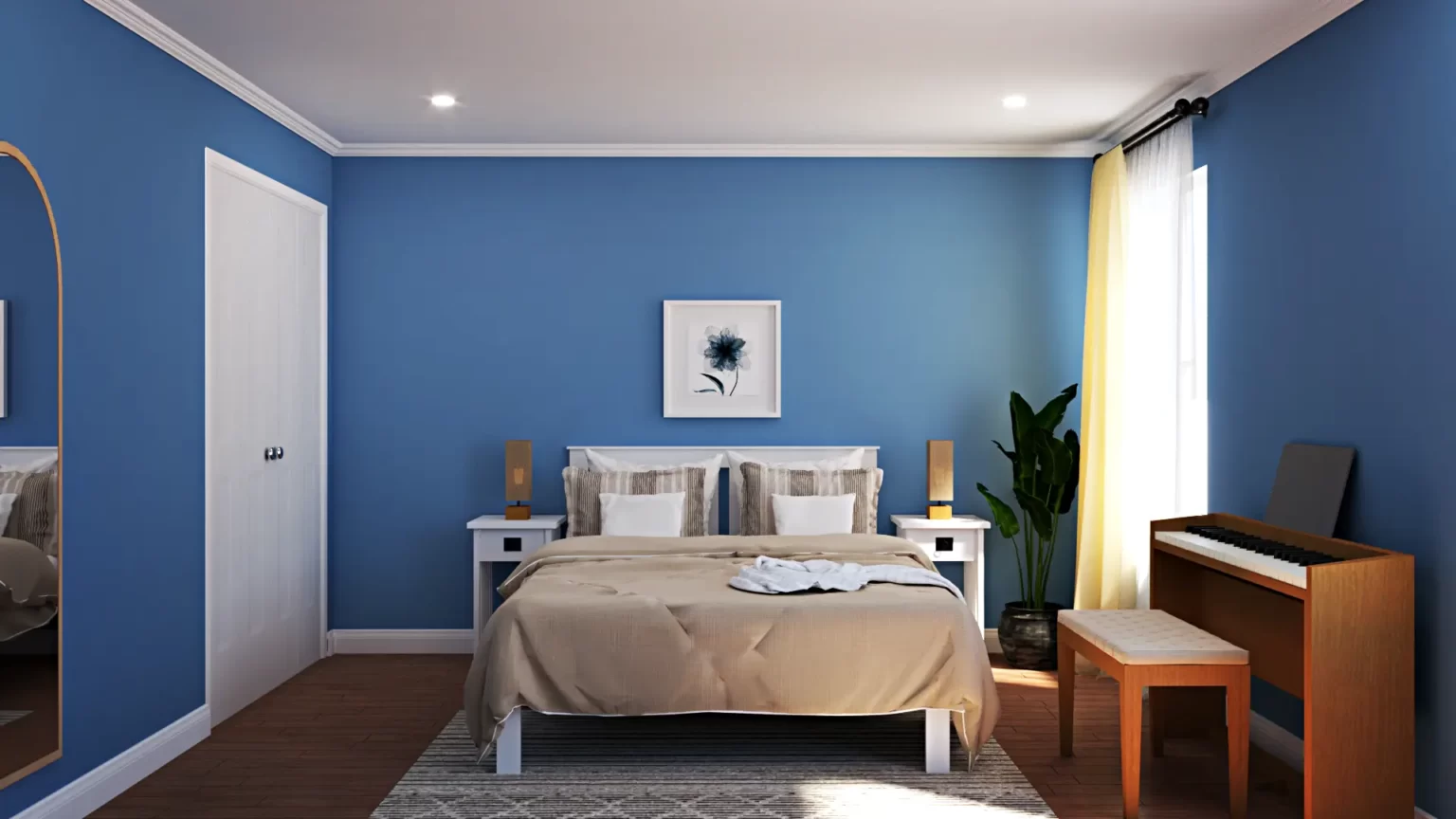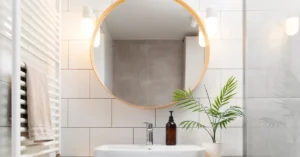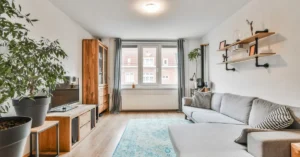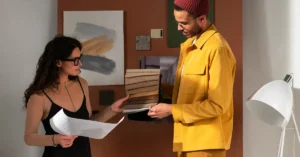Mastering the Art of Apartment Interior Design

Apartment interior design is a captivating field that demands a blend of creativity, practicality, and a deep understanding of space utilization. As an interior designer, your role is pivotal in transforming mundane apartments into personalized sanctuaries that reflect the lifestyle and preferences of their occupants. In this detailed guide, we’ll delve into every aspect of apartment interior design, from initial client consultations to final project execution, offering valuable insights and practical tips to help you excel in this exciting realm of design.
Understanding Your Client’s Needs
The journey of apartment interior design begins with a thorough understanding of your client’s needs, aspirations, and lifestyle. Schedule an initial consultation to establish rapport and gain insight into their preferences, budget, and functional requirements. Take the time to listen attentively to their vision and concerns, asking probing questions to unearth hidden desires and preferences. This collaborative approach lays the foundation for a successful design partnership, ensuring that your creative vision aligns seamlessly with your client’s expectations.
Assessing the Space
Before embarking on the design process, conduct a comprehensive assessment of the apartment space to understand its layout, dimensions, architectural features, and existing elements. Pay close attention to natural light sources, structural constraints, and potential design challenges. Take accurate measurements and document key details to inform your design decisions and maximize the functionality and aesthetic appeal of the space. This meticulous approach will enable you to create a tailored design solution that optimizes every square inch of the apartment.
Developing a Design Concept
With a clear understanding of your client’s needs and the unique characteristics of the space, it’s time to develop a cohesive design concept that sets the tone for the entire project. Draw inspiration from a variety of sources, including architectural elements, art, nature, and cultural influences, to create a concept that resonates with your client’s personality and lifestyle.
Use mood boards, sketches, and visual references to convey your ideas effectively, ensuring that your client shares your vision and enthusiasm for the project. Whether it’s contemporary elegance, industrial chic, or Scandinavian minimalism, choose a design style that reflects your client’s taste and complements the architecture of the space.
Creating a Functional Layout
Effective space planning is essential in apartment interior design, especially when dealing with limited square footage. Focus on optimizing the flow of the space and maximizing usability without compromising on aesthetics. Start by defining distinct zones for living, dining, sleeping, and working, taking into account your client’s lifestyle and preferences.
Experiment with furniture arrangement, traffic flow, and spatial organization to create a functional layout that enhances comfort, functionality, and overall livability. Incorporate multifunctional furniture, modular storage solutions, and space-saving techniques to maximize the use of available space and create a sense of openness and flexibility.
Selecting Materials and Finishes
The choice of materials and finishes plays a crucial role in defining the aesthetic appeal and ambiance of an apartment interior. From flooring and wall treatments to cabinetry and countertops, select high-quality materials that not only complement the design concept but also withstand the rigors of daily use.
Consider factors such as durability, maintenance, and sustainability when choosing materials, opting for eco-friendly options wherever possible. Pay attention to texture, color, and pattern to create visual interest and harmony within the space. Whether it’s warm hardwoods, sleek marble, or textured wallpaper, choose materials that elevate the design scheme and create a lasting impression.
Harnessing the Power of Lighting
Lighting is a powerful tool in apartment interior design, capable of enhancing mood, ambiance, and functionality. Incorporate a layered lighting scheme that includes ambient, task, accent, and decorative lighting to create a dynamic and visually engaging environment. Maximize natural light by optimizing window placements, using sheer curtains or blinds to filter sunlight, and strategically placing mirrors to reflect light and create a sense of spaciousness.
Supplement natural light with artificial lighting fixtures such as recessed lights, pendant lights, wall sconces, and table lamps to provide task lighting and create focal points within the space. Install dimmer switches and smart lighting controls to adjust the intensity and color temperature of the light according to the time of day and the activities taking place in the apartment.
Infusing Personal Touches
A successful apartment interior design is one that reflects the personality and individuality of its occupants. Encourage your clients to infuse personal touches and meaningful elements into the space, whether it’s family heirlooms, cherished artworks, or travel souvenirs. Incorporate these personal artifacts seamlessly into the design scheme, using them as focal points or accent pieces to add character and warmth to the space.
Collaborate with your clients to curate a collection of furnishings, accessories, and decor items that resonate with their lifestyle and tell their unique story. By infusing personal touches, you’ll create a space that feels authentic, inviting, and truly reflective of the occupants’ tastes and preferences.
Paying Attention to Detail
In apartment interior design, attention to detail is paramount, as it’s often the small touches that make the biggest impact. Pay meticulous attention to every aspect of the design, from hardware and finishes to accessories and decorative accents. Experiment with texture, pattern, and scale to add depth and visual interest to the space. Consider the placement of furniture, artwork, and accessories to create visual balance and harmony within the room.
Incorporate thoughtful design elements such as custom millwork, built-in storage, and architectural details to elevate the overall aesthetic and functionality of the space. By sweating the small stuff, you’ll demonstrate your commitment to excellence and create a memorable and visually stunning apartment interior.
Embracing Sustainability
As environmental consciousness continues to grow, integrating sustainable design principles into apartment interiors has become increasingly important. Explore eco-friendly materials, energy-efficient appliances, and water-saving fixtures to minimize environmental impact and promote a healthier living environment. Incorporate passive design strategies such as natural ventilation, daylighting, and thermal insulation to reduce energy consumption and enhance occupant comfort.
Educate your clients about the benefits of sustainable design and encourage them to make environmentally conscious choices throughout the design process. By prioritizing sustainability, you’ll not only reduce your carbon footprint but also appeal to eco-conscious clients who value responsible design practices.
Collaborating and Communicating
Effective communication and collaboration are essential for a successful apartment interior design project. Keep your clients informed and involved throughout the process, soliciting their feedback and input at every stage. Foster open dialogue, listen attentively to their concerns and ideas, and strive to exceed their expectations with your creativity and expertise.
Use visual aids such as renderings, mood boards, and 3D models to communicate your design concepts effectively and ensure alignment with your client’s vision. Collaborate closely with architects, contractors, and other design professionals to streamline the design process and ensure seamless project execution. By working together as a team, you’ll create a cohesive and harmonious apartment interior that delights your clients and stands the test of time.
Conclusion
Designing apartment interiors as an interior designer is a multifaceted endeavor that requires creativity, expertise, and a deep understanding of your client’s needs and preferences. By following the comprehensive guide outlined above, you’ll be well-equipped to master the art of apartment interior design and create stunning living spaces that inspire, delight, and enhance the quality of life for your clients. Remember to approach each project with passion, professionalism, and attention to detail, and you’ll undoubtedly leave a lasting impression with your exceptional design skills and impeccable taste.


